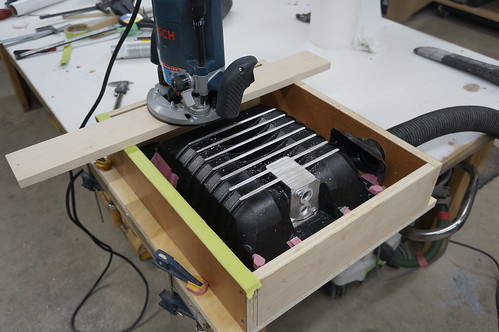So I made a nice(ish) 10" wide bowl, 2" deep and steeply sloped so that it is about 2.75" at the bottom. For those of you who saw my earlier post where I was contemplating this project, I did not succeed in getting an even narrower (2" or less) base. But I learned a lot in the process and can try it again hopefully with better results now that I have a feel for it.
Unfortunately I did not get the bottom perfectly flat, and I have no way to remount it on the lathe. How risky would it be to put it through my drum sander? I could use my Festool RTS 125 hand sander, but I'm worried about slipping and hitting the side of the bowl with the sander. I could wrap the bowl except for the bottom but then it's hard to keep the wrapping out of the way of the sander, which is how I ended up with a slightly less than flat bottom in the first place.
So: drum sander yes or no? And if not, other thoughts?
Thanks!
-dan




 Reply With Quote
Reply With Quote







